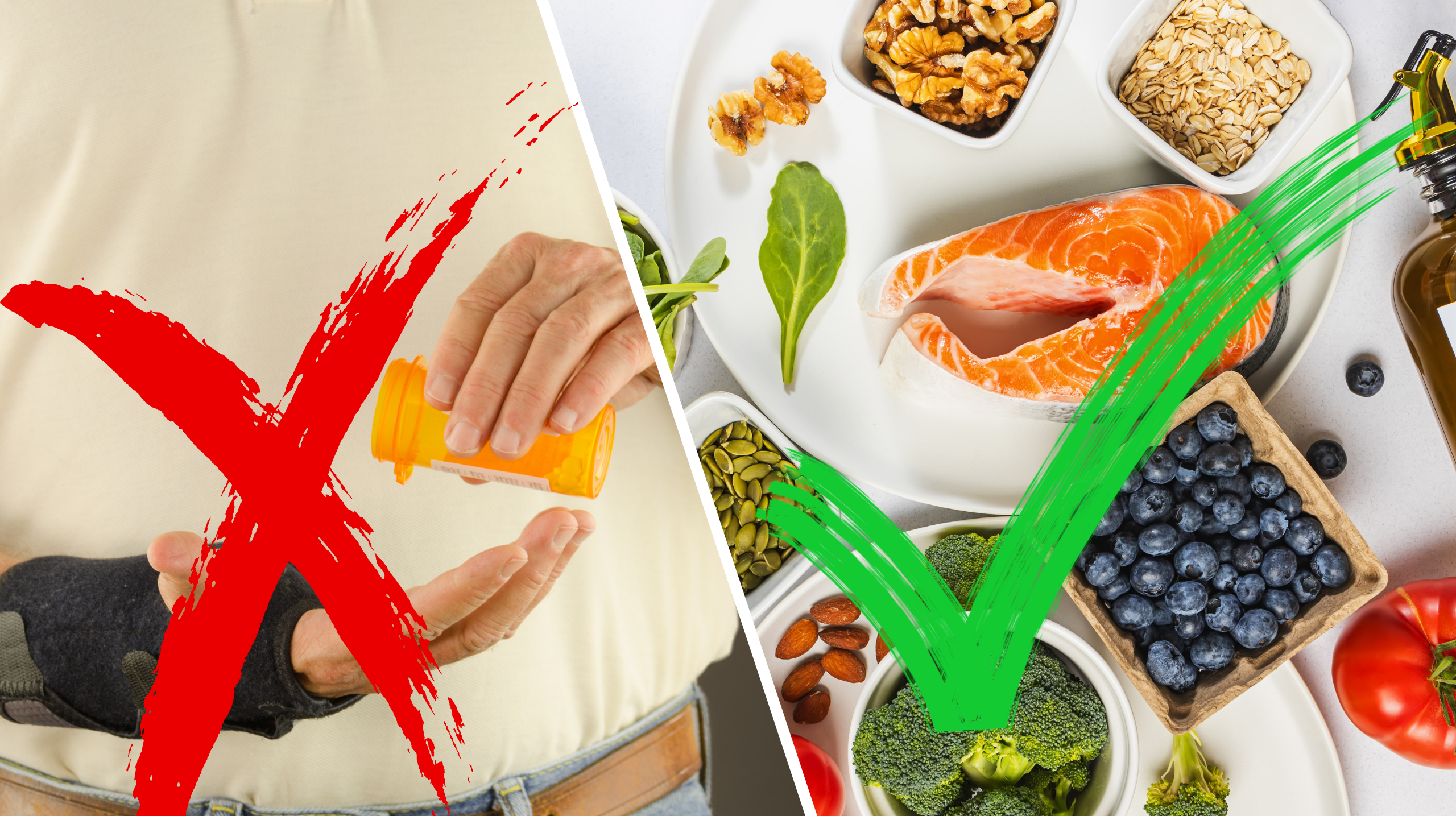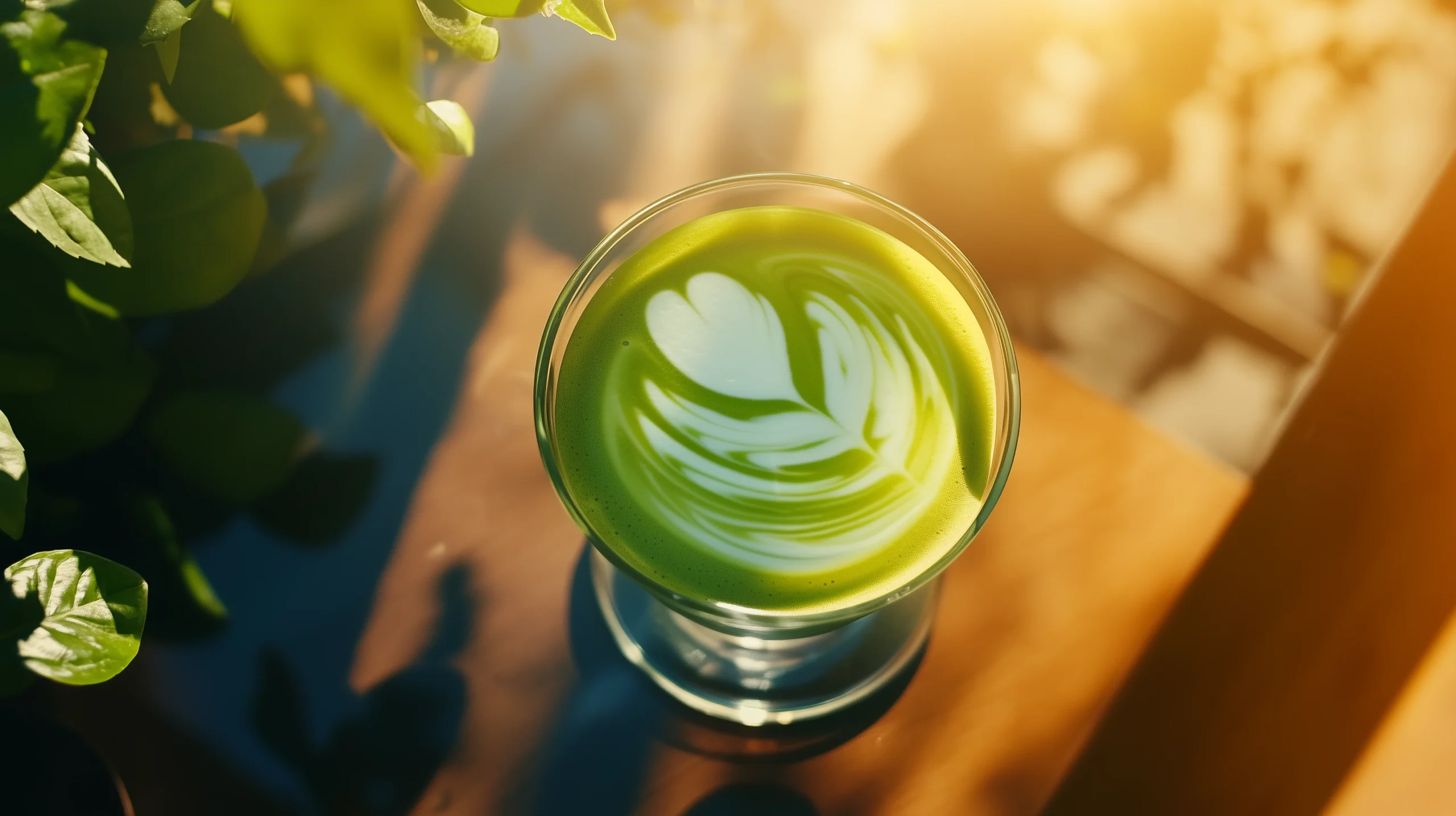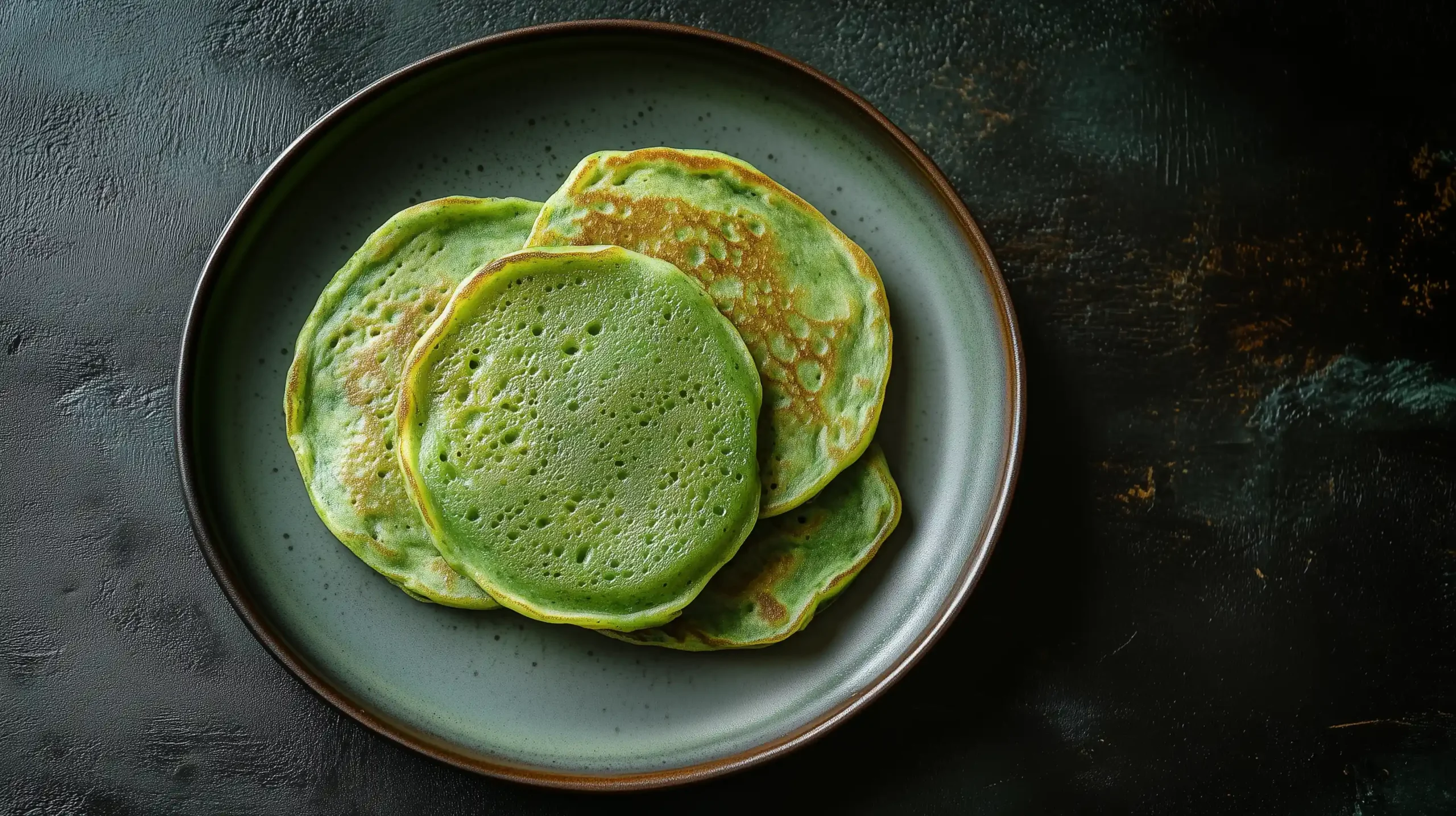Inflammation is a natural part of the immune response, but that process can become chronic and lead to multiple conditions such as pain, stiffness, and arthritis, heart disease and diabetes. Chiropractic and matcha green tea: two paths that have been investigated for their anti-inflammatory abilities. Together, these approaches provide a comprehensive method to managing inflammation.
The Role of Chiropractic Care with Inflammation
Chiropractor mainly focuses on the identification and management of mechanical disorders of the musculoskeletal system, particularly the spine. Chiropractic manipulations are about restoring movement and function, not just alignment. It can decompress the nerve and that may help to reduce inflammation. Studies have already demonstrated that several inflammatory markers such as interleukin-6 (IL-6) and C-reactive protein (CRP) levels may be decreased following a chiropractic adjustment. That indicates chiropractic care might aid in the management of systemic inflammation by improving spinal health. In addition, chiropractic adjustments may modulate the immune system by improving nerve function, counteracting potential chronic inflammatory processes. Chiropractic care represents a non-drug treatment for pain, an approach that is particularly helpful where there is an element of inflammation as it gets the aggression/side effects from chronic use of anti-inflammatory drugs off.
The Anti-Inflammatory Benefits of Matcha
Matcha is ground green tea powder, known for its health benefits that could include anti-inflammatory properties. It has a lot of catechin (EGCG, the most powerful catechin in green tea). EGCG may inhibit the production of pro-inflammatory cytokines and modulate pathways associated with inflammation, such as NF-κB, while matcha also contains high amounts of L-theanine, an amino acid that has been shown to have calming effects on the brain (countering stress-induced inflammation). Matcha also has high levels of chlorophyll, which is believed to promote detoxification and potentially reduce inflammation through the removal of toxins from the body.
How Matcha Complements Chiropractic Care
Chiropractic care and matcha complement each other perfectly because both provide natural, drug-free, and effective methods to reduce inflammation. Chiropractic directly speaks to the physical side: Getting you aligned, improving function and reducing irritation in your nervous system which can help alleviate inflammation that has occurred because of structural misalignment. In contrast, matcha provides biochemical support with its target antioxidants and anti-inflammatory compounds. Combining these two practices might give you a more holistic approach to reducing your levels of inflammation:
Holistic Wellness
Chiropractic works more on the structural and functional side of the body where matcha would help with nutritional support that could help enhance anti-inflammatory processes in the body.
Stress Reduction
Both chiropractic adjustments and matcha consumption could work in tandem to lower stress levels, which are directly linked to inflammation. Chiropractic care is seen as a stress reducer by improving physical health and matcha by promoting a calm mental state.
Possible Synergistic Effect
While there is no direct research specifically on the combined effects of chiropractic care and matcha, the anti-inflammatory properties of both individual components indicate that together they may provide a stronger claim against inflammation than either alone.
It must be noted that while these practices are effective they should not replace the traditional medical treatment. There are many variables in health and one answer does not apply to everyone:
Professional Guidance
A chiropractor needs to assess if chiropractic treatment can work for you, and making any dietary changes or starting supplements such as matcha should also be discussed with your doctor.
Personalization
Due to the fact that both Chiro care and matcha are effective in decreasing inflammation, everyone’s health situation is different which necessitates a personalized approach.
Ultimately, the combination of chiropractic and matcha might be an integrative approach to fighting inflammation for improved health [79]. The pair may provide a synergistic effect that neither can achieve on its own, but should be used with knowledge and caution depending on the end-user’s health.
Sources:
Roy, R. A., et al. (2010). Inflammatory response following a short-term course of chiropractic treatment in subjects with and without chronic low back pain. Journal of Chiropractic Medicine, 9(3), 107-114.
Song, X. J., et al. (2016). Chiropractic Adjustment: Effect on Inflammatory Cytokines in Rat Spinal Cord. Journal of Manipulative and Physiological Therapeutics, 39(6), 434-441.
Bronfort, G., et al. (2010). Efficacy of spinal manipulation and mobilization for low back pain and neck pain: a systematic review and best evidence synthesis. Spine Journal, 10(11), 953-964.
Ahmed, S., et al. (2016). Regulation of interleukin-1beta-induced chemokine production and matrix metalloproteinase 2 activation by epigallocatechin-3-gallate in rheumatoid arthritis synovial fibroblasts. Arthritis Research & Therapy, 18(1), 238.
Unno, K., et al. (2013). Stress-reducing function of matcha green tea in animal experiments and clinical trials. Nutrients, 5(10), 3874-3886.
Lin, Y., et al. (2018). Effects of matcha green tea powder on metabolic syndrome in high-fat-diet-induced obese mice. Journal of Nutritional Science and Vitaminology, 64(6), 432-440.






